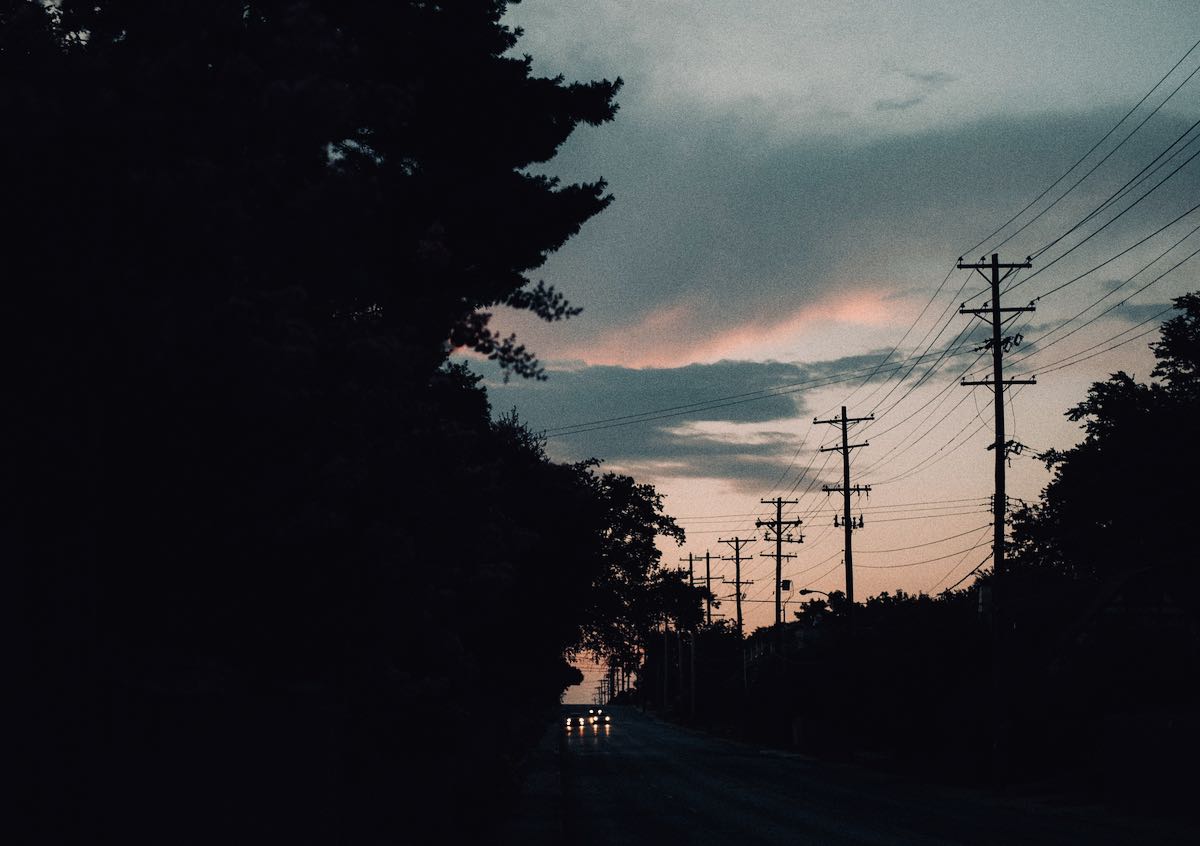 Many thanks to SWLing Post contributor Richard Cuff, for sharing this article from Metro.co.uk: “Radio is still the ultimate survival tool during blackouts and emergencies.” The piece underscores radio’s enduring role as a reliable source of information when modern digital networks fail. In an age of increasing reliance on internet and mobile phone services, it’s a timely reminder of why radio is so valuable in crisis situations.
Many thanks to SWLing Post contributor Richard Cuff, for sharing this article from Metro.co.uk: “Radio is still the ultimate survival tool during blackouts and emergencies.” The piece underscores radio’s enduring role as a reliable source of information when modern digital networks fail. In an age of increasing reliance on internet and mobile phone services, it’s a timely reminder of why radio is so valuable in crisis situations.
The SWLing Post
Shortwave listening and everything radio including reviews, broadcasting, ham radio, field operation, DXing, maker kits, travel, emergency gear, events, and more

I well remember the cold war information instructions on AM radio back in the 1950’s and early 1960’s. There were two triangular markers on the AM dial indicating where to turn to for instructions (640 & 1240 khz). This was the CONELRAD system used by the federal government from 1951-1963. We need to return to a similar system. In a way we have, with the routine on air tests. The attention getting two tone signal followed by “This has been a test…” I forget how it works, but AM radio is absolutely essential to its success in reaching all citizens in the continental U.S.A.
I fear that conventional broadcast radio will become the horse and buggy of this generation. Are there uses for horses and buggies? Some. It’s nice in a parade. Horses are still the best way to get around in some desolate areas. But by and large, they have been replaced by the automobile.
That’s where broadcast radio is. I’m not pulling any punches. I can cite all sorts of stuff, but I’ll boil this down to something simple: regardless of resilience issues, new listeners are not turning on the radios. They’re pulling their music, news, and podcast programs from their phones. And once we have world-wide coverage from satellites, as long as the phone stays charged, people will communicate.
Yes, broadcast radio will continue much like people continue to ride horses. It will never die, but it won’t be the first media of choice either.
The trouble with broadcast radio vs other legacy technologies is that it requires a critical mass of regular listeners, or in the case of things like the NOAA weather transmissions, a critical mass of hardware receiver owners at least, or it simply cannot maintain it’s self. You can ride a horse, sail a dingy, or light an oil lamp from your emergency kit, and none of those really require popular use of those tools. Add to that, and there’s the very real issue that even for those of us interested in using broadcast radio, it’s just so damned easy and higher quality to listen to audio programs delivered over the internet. For people without the interest, they basically only ever use the radio in their car because it’s free. So yes, I agree with you. It’s a big concern, because it’s so much more robust and really should be considered valuable information infrastructure for communities.
People are too dependant on communication infrastructures that are nothing but a house of cards. Cellular, cable, fibre are all vulnerable to serious impairments and outages. When TSHTF they are up the river without a paddle because preparedness is something most people have no clue about. It’s the bubble-world mentality that ultimately does people in.
Shortwave radio plays a vital role when mainstream communications are down yet the dumb public has no idea what a shortwave radio is – they think the net will save them! Lol!
Blackouts are often caused by severe weather events but the use of underground cables not only for electricity but also for communications even the fibre optic cables can stop working because water in heavy rain and/or floods can stop cell phone base stations, terrestrial broadband, sometimes program feeds from studios to transmitter sites if alternative program paths have not been planned and implemented.
Blackouts are also caused by the destruction of power lines from the source to the consumer. Wind generators will automatically turn into the wind and apply the brakes to prevent self destruction..
Been listening to radio for 67 years. AM FM SW all the digital modes. Turned into a ham radio operator. Became an electronic engineer, then broadcast engineer, then robotic engineer. First radio was a crystal cat whisker radio my dad and I built. Then an FM subcarrier receiver. Now I have a shack loaded with all types of radios and equipment. Repair tube type to SDR rigs and am an AVID pirate radio listener. House is fully solar powered with battery backup for five days. Still, AM radio and chasing DX is the best. All thanks to that first AM radio.
We have recently suffered from this in Spain and we were only able to get information thanks to one of the radios I have; I had to leave several to friends and family.